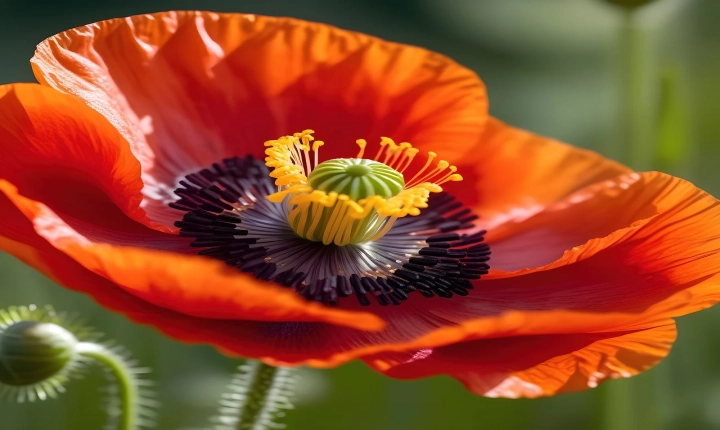Converting color images to AI file can be a useful skill to have, especially for graphic designers and artists. Adobe Illustrator (AI) is a powerful tool for creating vector graphics, and it’s important to know how to convert color images to this file format to take full advantage of its capabilities.
There are several methods to convert color images to AI file, and it’s essential to choose the right approach based on the nature of the image and desired outcome. Here are a few methods to consider:
Using Image Trace:
One of the most straightforward ways to convert a color image to an AI file is by using the Image Trace feature in Adobe Illustrator. This feature allows you to convert raster images, such as JPEGs or PNGs, into vector graphics. To do this, you can simply open the image in Illustrator, select it, and then click on the Image Trace button in the control panel. From there, you can choose from a variety of preset options, such as Black and White Logo or High Fidelity Photo, to convert the image to a vector format.
Manually Tracing:
If you want more control over the conversion process, you can also manually trace the color image using the Pen Tool or other vector drawing tools in Illustrator. This method allows for greater precision and customization, especially for complex images or detailed illustrations. You can manually trace the outlines, shapes, and details of the image, and then fill in colors and gradients as needed to recreate the original composition as a vector graphic.
Exporting from other Programs:
Another option to convert color images to AI file is by exporting them from other programs, such as Adobe Photoshop or other raster graphics software, as AI-compatible files. This can be done by saving the image in a format that is compatible with Adobe Illustrator, such as EPS or SVG, and then opening the file in Illustrator to further edit and refine the vector graphics.
Considerations for Color Conversion:
When converting color images to AI file, it’s important to consider a few key factors. Firstly, consider the complexity and detail of the image, as more intricate compositions may require manual tracing for best results. Additionally, be mindful of color accuracy and consistency, as vector graphics can be adjusted and edited with precision. Finally, consider the intended use of the AI file, as certain methods of conversion may be better suited for specific design projects or applications.
In conclusion, converting color images to AI file can be achieved using various methods, depending on the nature of the image and desired outcome. Whether using Image Trace, manual tracing, or exporting from other programs, it’s important to consider factors such as complexity, color accuracy, and intended use when choosing the appropriate method. With the right approach, converting color images to AI file can unlock the full potential of Adobe Illustrator for creating stunning vector graphics.
